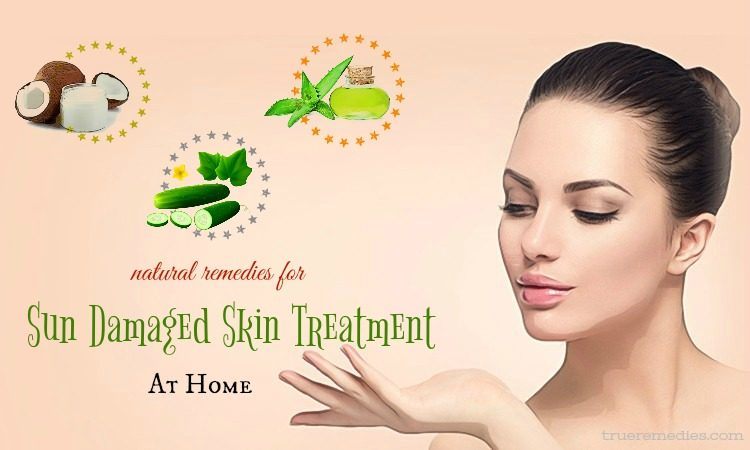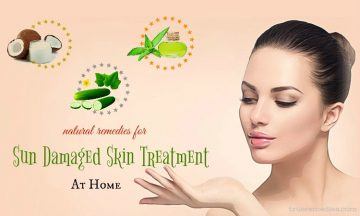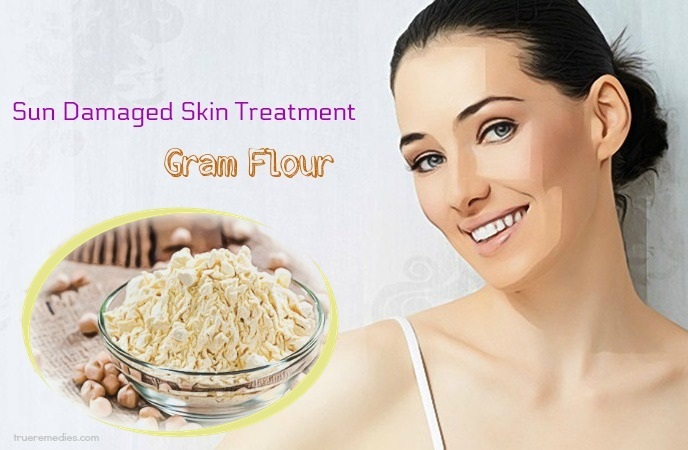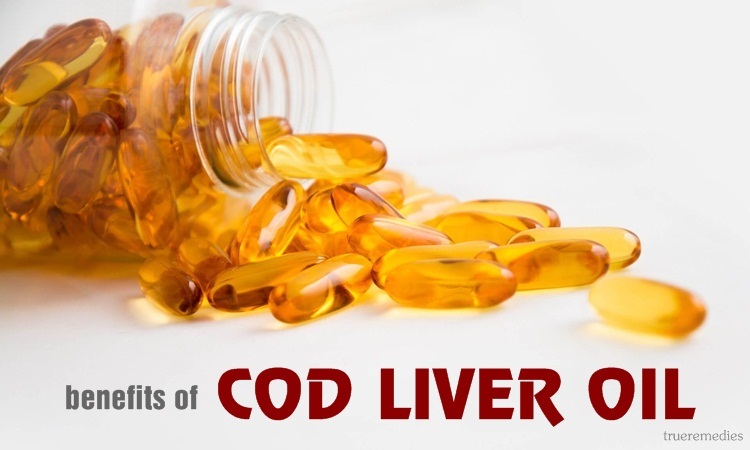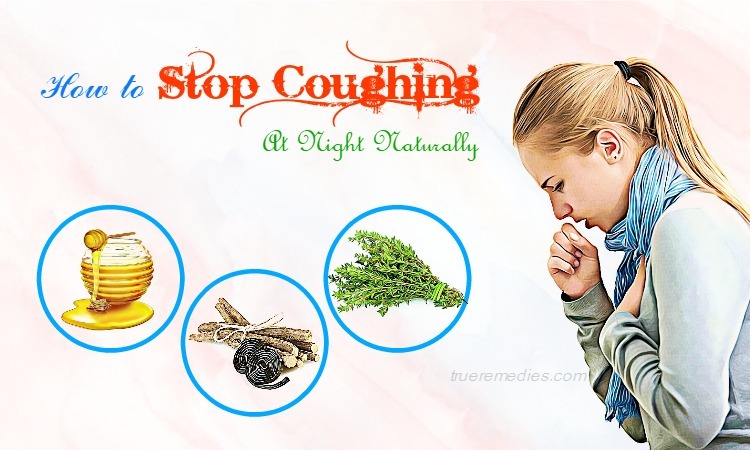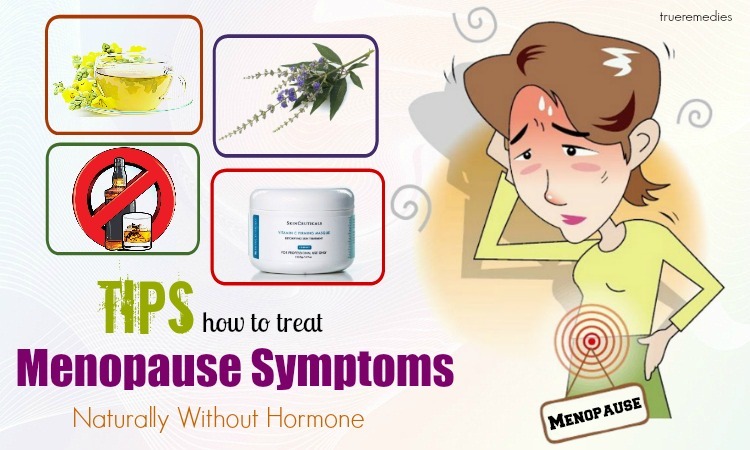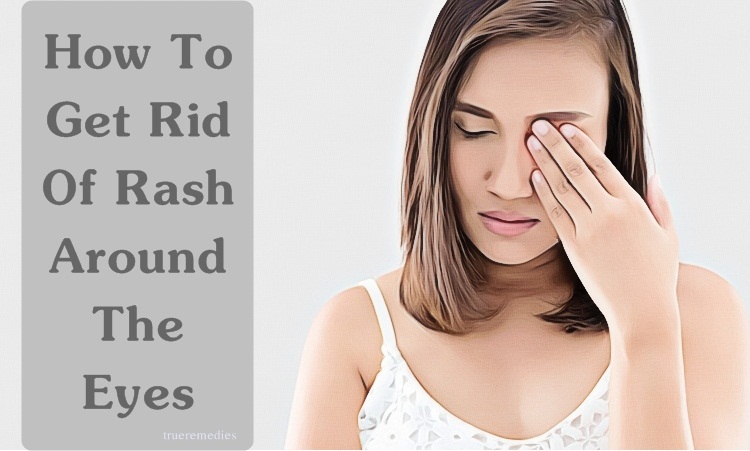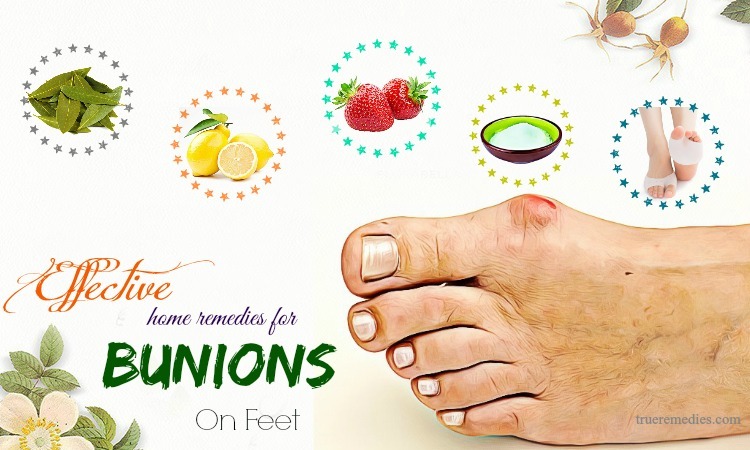updated: 11/12/2019
Contents
Although it feels good to spend your spare time in the sunshine, it may cause harmful impacts on your skin. It is because the sun releases ultraviolet (UV) rays that damage the human skin and result in sunburn. Throughout time, those rays could trigger wrinkles and fine lines, dark spots, and other skin problems. According to research, UV overexposure is the top reason behind about 80% of the aging of skin[1] [2]. If you are suffering from damaged by sunlight, then you may want to turn back the clock, right? Fortunately, there are some ways to reverse problems caused by the sun. Though it is impossible to eliminate all damage, some effective ways may help to alleviate the consequences. This article will show you some of the best natural methods for sun damaged skin treatment. However, firstly, you need to understand the basics of this issue. Check out on TrueRemedies!
- 27 Tips on how to remove sun tan from face, neck, arms & legs
- 21 Essential oils for sunburn swelling, itching & peeling relief
- 17 Tips on how to get rid of sunburn blisters on nose & lips fast
What Is It?
Although most people love the light and warmth of the sun, too much sun exposure will damage your skin, as mentioned earlier. The heat of the sun will dry out the skin areas that are not protected and strip off natural hydrating oil on the skin. There are a few types of sun damage to the human skin, which are:
Sun-exposed skin could steadily lose natural oils and moisture, making it flaky, dry, and premature wrinkled.
- Actinic keratosis
This tiny bump feels like a scaly, small patch of sun-damaged skin featuring a red, pink, yellow or brownish tint, or sandpaper. Actinic keratosis is not like sunburns or suntan, but it does not often go away if it is not frozen, chemically removed, or treated by a professional.
- Sunburn
This is a common skin injury appearing instantly after the skin is exposed to UV radiation. Mild cases of sunburn will result in painful reddening of the skin, yet more severe cases will lead to fluid-filled bumps or larger blisters.
TrueRemedies Partner Solutions

Need a Help from the Leading Expert Online, Available 24/7?
They’re all here and ready to answer your questions online or by phone. Keep asking questions until you get the answer you need.
- Long-term changes in the collagen of the skin
Such changes include photoaging, which is the condition of premature skin aging due to sun exposure, and actinic purpura, which is bleeding from fragile blood vessels beneath the surface of the skin. For photoaging, the affected skin develops wrinkles and fine lines due to changes in collagen in the deep layer of the skin called the dermis. For actinic purpura, UV rays destroy structural collagen that supports the tiny blood vessels in the skin walls. Especially in older adults, this damage of collagen makes blood vessels much more fragile to a slight impact.
Throughout time, repeated times of unprotected sun exposure may trigger the risk of skin cancer.
If you have a lighter skin tone, then you will be at higher risk of sun-related skin damage and skin cancer. The reason is that your skin has less of a dark pigment called melanin that helps protect the human skin from UV radiation’s effects[3] [4].
What Are Symptoms Of Sun-Damaged Skin?
People with sun-damaged skin experience the following symptoms:
- Dry skin
- Sunburn
- Actinic keratosis
- Long-term changes in the collagen of the skin
When To See A Professional?
You should call a professional about skin problems or a dermatologist when having the problems below:
- Dry skin that does not respond to non-prescription treatments
- A milder sunburn over the large skin portion, particularly if you feel hard to wear clothing or sleep due to it.
- Abnormal skin bleeding, or skin easily bruising
- Changes in moles
- A continual scaly patch or nodule on the skin, or skin ulcers not healing
How To Prevent Sun-Damaged Skin
To prevent sun-damaged skin, you need to take the steps below:
- Apply a good quality sunscreen prior to going outdoors. Select the water-resistant sunscreen having a sun protection factor (SPF) of at least 30, with a broad protection spectrum against both UV-A and UV-B rays. Make sure that you reapply it often to avoid sweating off or washing it off.
- Use a lip sunblock. Select the product specialized for lips, with an SPF of 20 or more.
- Reduce your time of being outdoors, when the sun is at its peak (from 10 am to 3 pm in the continental US).
- Wear long pants, shirts with long sleeves, and a hat with a wide brim.
- Wear sunglasses having UV light protection
- Some medicines and skin care products may increase your potential risk of UV damage. Thus, get to know them. They include certain antibiotics and prescription medicines used to treat high blood pressure, acne, heart failure, allergies, and psychiatric illness. In case you are taking prescribed medication and spend a huge amount of time outdoors, then you need to ask your health care provider about taking any special precautions for sun exposure avoidance.
- Note that some specific non-prescription skin care products having alpha-hydroxy acids may make your skin more vulnerable to damage from the sunlight.
24 Remedies For Sun Damaged Skin Treatment At Home
1. Cucumber
Cucumber is considered the epitome of freshness. Its aroma and color are beyond compare. In Ayurveda, cucumbers are used for skin care purposes due to its cooling and brightening effects. Having a rich content of vitamin C, it may fade skin discolorations[5].
Indeed, cucumbers are fantastic in regards to healing the skin that is damaged by the sun[6]. Patchy marks, sunburns, and dullness could be reduced by appropriate application of cucumber slices on the skin[7].
Directions:
- Mix 1 teaspoon each of wheat flour and applesauce, followed by a proper amount of fresh cucumber juice to have a thick paste
- Apply the paste to your skin, including your face and neck skin.
- After 15 minutes, rinse it off with tepid water
- Apply your serum or lotion instantly
- Repeat this routine 1-2 times per week
2. Lemon Juice
This ingredient is highly recommended for sun damaged skin because of its natural bleaching effects[8]. The mild acids in lemon juice, which are alpha and beta hydroxy acids, work to fade discolorations and dark spots on your skin, not to mention the ability to facilitate regeneration of new skin cells[9]. They also help lighten the skin naturally.
Directions:
- Take a fresh lemon to squeeze its juice in a small bowl
- Use a cotton swab or ball to apply the juice to your affected skin
- After 15 minutes, rinse it off with cool water
- Use a soft towel to dry out the skin and apply your moisturizer
- Repeat this treatment twice per day for 6-8 weeks
Note:
- Do a patch test before applying the juice to prevent any allergic reactions.
- Avoid the sunlight during and after the application for several hours because it might increase the sun sensitivity of your skin.
3. Aloe Vera
With significant natural healing effects, aloe vera can be used twice per day to heal the sun damaged skin. Also, it accelerates the natural regeneration of skin cells[10]. A study shows that aloe vera is also beneficial in protecting the skin from UV radiation[11]. It also has moisturizing and anti-aging properties that may help to protect the skin from premature aging.
Directions:
- Squeeze out the gel from aloe vera leaves
- Apply it over your affected skin
- Leave it there for 8 hours before washing it off with cool water
- Repeat this routine 2 times per day for at least two months to get the best results
Alternatively, you can also use organic and high-quality herbal creams bought from local stores for reaping similar benefits. But, check the labels of such products to get the one having the least amount of additives.
4. Buttermilk
Milk is not only nutritious food but also a perfect solution for skincare purposes[12]. History showed that Cleopatra used milk baths to gain radiant skin. Those people who are looking for a natural sun damaged skin treatment should not skip the milk. Thanks to lactic acid content, milk works to lighten the skin, similar to the way that acids in lemon do.
Method 1: Milk only
- Apply milk to the affected skin by using a cotton ball
- Leave it on there overnight
- Rinse it off the next morning
- Repeat this routine twice per day for 1-2 months
Method 2: Buttermilk and tomato juice
Because the tomato is a natural antioxidant, when combining it with the skin regenerating properties of buttermilk, you will have a powerful solution for sun-damaged skin.
- Mix equal parts of buttermilk and tomato juice
- Apply the paste to your face and neck
- Rinse it off after 20 minutes or so
- Repeat this routine twice per week
5. Green Tea Bag
When it comes to sun damage skin treatment, this ingredient may not only protect against sunburn right at the beginning but also help promote wound healing and skin generation thanks to its anti-inflammatory property.
In accordance with a study in the British Journal of Nutrition, supplementing with green tea catechins, which is an active antioxidant compound in green tea, may make you much more resistance to UV radiation and thus premature aging[13].
As an estimation, green tea has about 30-40% of water-extractable antioxidants polyphenols, not to mention the abundant content of catechins, especially epigallocatechin gallate (EGCG), which was shown to have a beneficial effect on weight management and cardiovascular health[14]. Even, it might offer some natural protection against gastrointestinal cancer.
Meanwhile, green tea contains other polyphenols consisting of epicatechin gallate (ECG), epigallocatechin (EGC), and epicatechin (EC). Both white and black tea also has these beneficial substances.
To use green tea as a sun damaged skin treatment, you should have two cups of green tea daily. Besides, prior to heading out and applying sunscreen, you can make your homemade sunscreen from green tea by following these steps:
- Brew 2 tea bags of green and black tea
- After mixing, put them in an empty spray bottle
- Spray it on the face, arms, and neck, along with other exposed areas
- Apply your regular sunscreen after it dries
6. Apple Cider Vinegar And Onion Juice
The combination of apple cider vinegar (ACV) and onion juice has skin-lightening properties, which aid in reducing sunspot formation on the face[15].
Directions:
- Chop or process an onion into smallest bits as you can
- Extract onion juice using a strainer (about ½ cup of onion juice will make this method work)
- Mix onion juice with an equal amount of ACV
- Use a cotton swab to apply that mixture to your affected area
- Wait for 30 minutes before rinsing it off
- Repeat this routine daily for 2-3 weeks
7. Coconut Oil
Coconut oil is jam-packed with vitamin E and beneficial fatty acids. The acids may help nourish skin by playing a role of a natural moisturizer while vitamin E acts as a natural antioxidant helping alleviate inflammation caused by UVA and UVB light[16].
Typically, coconut oil exists in the solid form at room temperature, but it may turn into a liquid with a little heat. Actually, the warmth of our bodies is usually enough to lead to this transformation.
Apply coconut oil to your affected skin areas for 3 times per day to see a positive change in your skin tones within just several days.
8. Baking Soda
You can use baking soda as an effective sun damaged skin treatment due to its beneficial properties[17]. In details, baking soda helps break down proteins and acids found in sun-damaged skin and balance pH levels. Furthermore, baking soda could decrease inflammation and itching and aid in maintaining the skin's moisture.
There are a number of ways to use baking soda for relieving sun-damaged skin, but the following are two of the simplest but most effective:
Method 1: Baking Soda Bath
- Add 1 cup of baking soda to your bathtub that contains tepid water
- Soak yourself in that water for 20-30 minutes
- Rinse it off then and dry your skin using a soft clean cloth
Method 2: Baking soda paste
You can also make a paste of baking soda and water to have a solution for relieving sun damaged skin.
- Mix 2 tablespoons of baking soda with 1-2 tablespoons of warm water
- Apply that paste over your affected skin
- Wait for 5-10 minutes
- Wash it off with cool water
- Repeat this routine 3 times per week for the best results
9. Dark Honey
Honey, especially dark varieties, has high levels of healing antioxidants[18] that help decrease free-radical damage on the human skin because of exposure to pollution, sun, and stress. These antioxidants work by enhancing tone, texture, and moisture of your skin.
Take the steps here to create a homemade rejuvenating mask and cleanser:
- Spread a thin layer of honey onto your skin
- Wait for 20-30 minutes
- Wash off the honey using warm water
- Pat it dry gently.
10. Castor Oil
This is a really good addition to your skincare routine, among other natural oils. Not only does it make your hair grow faster[19] but it also helps remove skin discoloration[20]. Having tons of antimicrobial properties, it supports skin rejuvenation.
Prior to applying the oil to your skin, make sure that you wash it thoroughly with tepid water. Or, you can steam your face by using a hot towel for 10 minutes. The warm water will open up skin pores.
Then, follow these steps:
- Pour several drops of castor oil onto your hand
- Apply it to your face and massage in a circular motion
- Wash it off with tepid water after 10 minutes or so
The pressure of massage will stimulate blood circulation, thereby improving the skin appearance naturally.
11. Ginger
Ginger is commonly used in many skin products thanks to its miracle properties for the skin. This ingredient has gingerol – an antioxidant[21] responsible for fighting free radicals which cause skin damage. In addition, this chemical may also promote even skin tone and make the skin look smoother. Therefore, ginger works well as skin corrector as compared to commercial products, aside from the ability to boost blood circulation and lighten age spots[22].
Directions:
- Clean your face first
- Slice a fresh ginger into slices
- Apply it to your affected skin areas
- Wait for 20 minutes before rinsing it off
This ingredient may even help to fade dark spots, bumps, blemishes, and other skin discoloration types that lead to uneven skin tone.
12. Rose Hip Oil
The cosmetic industry, moisturizers, and hydrating lotions consist of rosehip oil, as it helps smooth, hydrate, and soften the skin. In addition to possessing a great scent, concentrated rosehip oil may relieve age spots and dark spots that result in skin discoloration. Rosehip oil is perfect for those with dry skin, as it may restore skin’s moisture.
Rosehip also has a high content of linoleic acid – an omega-6 fatty acid. According to research, people with acne-prone skin have a lower level of linoleic acid, which changes the natural oil production of the skin[23]. A study showed that linoleic acid may also help to relieve hyperpigmentation in certain scars[24].
Directions:
- Apply a proper amount of rosehip oil to your affected skin
- Use your clean fingers to massage it in circular motions
This oil is also excellent in eradicating wrinkles and fine lines, scars, and stretch marks.
13. Potato
For people whose skin is easily tanned by the slightest exposure to the sun, potato face pack is their best choice. Eating potatoes will also provide you with some essential vitamins and minerals, such as potassium, vitamin C, and fiber, not to mention a natural bleaching agent. This ingredient could be both nourishing food and a fantastic mask.
You can use potatoes to nourish your skin from the inside out thanks to its copper and vitamin C content[25]. Just a baked potato may offer you about 75% of the copper necessary daily. Copper joins up with vitamin C and zinc in the body to build elastin fibers that support our skin, especially helping fight wrinkles. The enzymes (catecholase) in potatoes help improve healthy skin by decreasing skin discoloration.
Sweet potatoes, on the other hand, give your complexion a healthy boost. Similar to orange/reddish veggies, they are packed with antioxidant beta-carotene. According to studies, beta-carotene may aid in protecting your skin against sun damage by defeating some UV sunlight’s effects[26] [27]. The exposure to UVA has been shown to lead to premature aging, including dark spots and wrinkles. It explains why you see a lot of beta-carotene in many cosmetic products.
Rub your affected skin with cold potato slices to remove the tan. Leave it there for 20 minutes prior to removing it.
Alternatively, you can also take these steps:
- Mix shredded potato with honey
- Add oatmeal if you have irritated or dry skin
- Add mashed avocado or juiced cucumber to the mixture above
- Apply it to your clean, dry skin
- Wait for 20-30 minutes
Or, you can make a potato face wash using a juicer. Then, use a cotton pad or clean cloth to apply it before rinsing it off with water. This method will help clean away dirt, oil, and bacteria. For extra refreshment, chill the prepared mixture in the refrigerator for 30 minutes before using.
Note: Remember that potatoes could oxidize quickly. So, you should add a tad of vinegar or lemon juice to your concoction, then store it in an airtight container before placing it in the refrigerator. For those with sensitive skin, avoid going overboard there.
14. Gram Flour
Commonly known as besan, gram flour has been used in Indian beauty routines since long[28]. Especially, it is very helpful in regard to treating sun-damaged skin, as it aids in removing dead skin cells and makes your skin bright and young. Also, you can use gram flour powder. Gram flour acts as an incredible exfoliator due to its natural bleaching property.
Directions:
- Mix 2 tablespoons each of gram flour and yogurt
- Apply the paste to your affected skin
- After 15 minutes, gently massage the skin and wash it off before patting it dry
- Repeat this treatment daily
15. Tomato
Tomato juice naturally works as a toner to shrink skin pores and decrease natural oil on the skin. It has been an age-old treatment to deal with skin ailments, particularly pale skin. Also, tomatoes help to protect against the development of keratinocyte carcinoma due to UV rays[29].
Directions:
- Mix 1 tablespoon of yogurt with the juice of a fresh tomato
- Apply the mixture to your skin
- Wait for 15 minutes before rinsing it off with tepid water
- Repeat this routine once per day
16. Witch Hazel
Witch hazel has chemicals called tannins, so when applied directly to the skin, it may alleviate swelling, repair damaged skin, relieve sunburn[30], and ward off harmful bacteria.
You can find witch hazel in the liquid extract form that is distilled from bark, dried leaves, and twigs of that plant.
Use a cotton ball to soak in witch hazel (in liquid form) and place it on your skin. Remove it after 10 minutes.
17. Sandalwood
This is a common ingredient used in many beauty products. In Ayurvedic skin regiments, the combination of turmeric and sandalwood is rather powerful, helping skin heal and recover from sunburn. Sandalwood could stimulate the quicker healing process of blisters, diminish pigmentation[31], unevenness, and dark spots. Sun-damaged and patchy skin is a form of hyperpigmentation, and sandalwood is an excellent solution thanks to its disinfectant and antimicrobial properties that effectively heals and restores skin health.
Directions:
- Mix 10 drops each of fresh lemon juice and potato juice, 1 teaspoon of sandalwood powder, and green tea
- Mix them well to have a thick paste
- Use it as a face mask
- Wash it off after 10 minutes and apply lotion or serum for skin renewal
- Repeat this for once or twice per week
18. Oatmeal
With skin-soothing effects, oatmeal works as a natural exfoliant to help cleanse skin pores. Therefore, using oatmeal powder is really an incredible homemade sun damaged skin treatment. Also, the anti-inflammatory effects of colloidal oatmeal contribute to the effectiveness of using oats in the treatment of itch related to dry, irritated skin[32].
Method 1:
- Mix oatmeal powder with buttermilk
- Rub it over your affected skin to exfoliate and soothe skin
Method 2:
- Make a paste of ground almonds, oatmeal powder, ground dried orange peel, and fresh milk.
- Apply this paste over your skin and wait for 30 minutes
- Wash it off with cold water
These natural methods on sun damaged skin treatment are not only simple and safe, but also cheap. With more knowledge about sun damaged skin treatment introduced here, you are on your way to restoring the natural beauty of your skin. If you have any contributing ideas about this topic, feel free to drop your words below this post. We will feedback as soon as possible. For any further health and beauty tips, visit our Skin Care Page.
Read more: Home Remedies For Skin Fungus On Hands, Thighs & Legs. This article was medically reviewed/fact checked by Dr. Millie Lytle ND, MPH.

